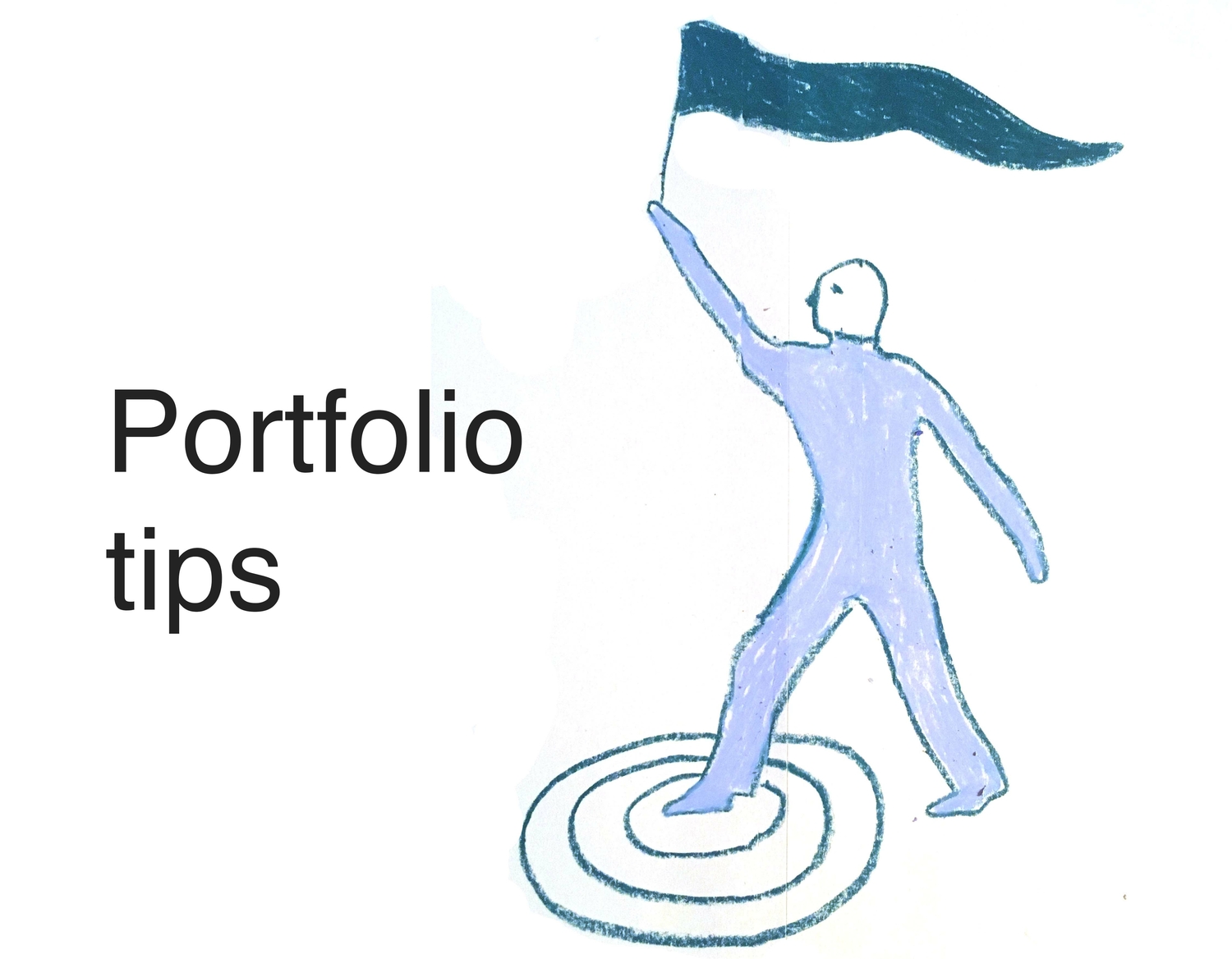
What is a portfolio?
Traditionally, a portfolio is a large folder in which artists and designers collect examples of their work; it can also be a digital folder. There are no restrictions on the format of a portfolio.
During this first admissions round, you show your portfolio (in an online meeting or through the portfolio machine).
During the second admissions round, you get to bring your work to the academy.
Here are some tips for your portfolio
What kind of works can you show?
- WORKS/ PROJECTS: If possible show a diversity of works/projects (of the past 3 years in all the media you have worked with so far); you can think of drawings, paintings, photographs, videos, collages, graphics, textiles, garments, ceramics, items of jewellery, floor plans, models and, if applicable, texts.
- SKETCHES: make sure you also include sketches, sketchbooks, dummies, etc..
- EXERCISES: material research, visual research, exercises like model drawings, colour exercises, spatial architectural scale models, miniature clay sculptures, etc.
> Make clear which work is based on assignments (from school or a previous education) and which work is 'free' (i.e. based on your own ideas);
> Give insight into your working process, the way you think and how you develop your work, what your motivation/drive is to make it: you can think of notes, sketches, workbook, try-outs and floor plans.
> When applying for the Basicyear, it is important to show work that is not too one-sided, so not only photography or only graphic work, not only commissioned work, but also 'free work' based on your own ideas.
> Realise that not everything has to be finished or perfect, so you can also show things you are still working on, and even your 'failures'.
> If you have a few works older than 3 years that are important, you can include them in your presentation.
> Make sure you show a lot of works, at least 20 pieces (but hopefully more!).
What other things can you show?
- Observations from your surroundings (how you look at the world around you), sketches, photos, videos;
- Events, things, artists or other people who inspire/fascinate you;
- If you have hobbies or other activities that are important to you (e.g. if you make music or are a film buff, if you skate every day, specific social/political involvement/activities), let it us know or show some of it.
How can you best present your work?
- Consider how best to present your work online. Let your visual presentation speak for itself with only minimal explanation/commentary, given the limited duration of the interview (30 seconds of explanation for 1 project/work is already 1/60th of the maximum interview time!).
- Collect your physical work in the room beforehand and present it on camera during the interview.
- In addition, prepare a PDF document/PowerPoint presentation that you can share in Teams during the interview. So make sure in advance that you know how to share documents/your screen in the platform used for the interview (MS Teams) and keep the size of your documents as small as possible.
- If you want to show videos make easily accessible links (urls), to save time. Keep in mind that you have 30 minutes to show your portfolio. Will your video take longer than 5 minutes? We recommend to choose a good scene that gives an idea of the whole video and show that scene.
- Prepare by testing your internet connection, your camera and sound, and how to share files/your screen before the interview, to make sure there are no technical problems during the interview!
Additional questions
The teacher may ask you a few questions, for example:
- Why do you choose the Rietveld?
- What do you expect from our programme? What do you want to work on/develop in our programme?
- What materials do you like to work with and why?
- Is there anything special/specific about yourself you want us to know?
NOTE: if you have specific questions for the teacher; about the Rietveld Academie, our programme, specific choices you're thinking about, etc. please write them down so you don't forget to ask them during the interview.